Top link building methods for your first WP website
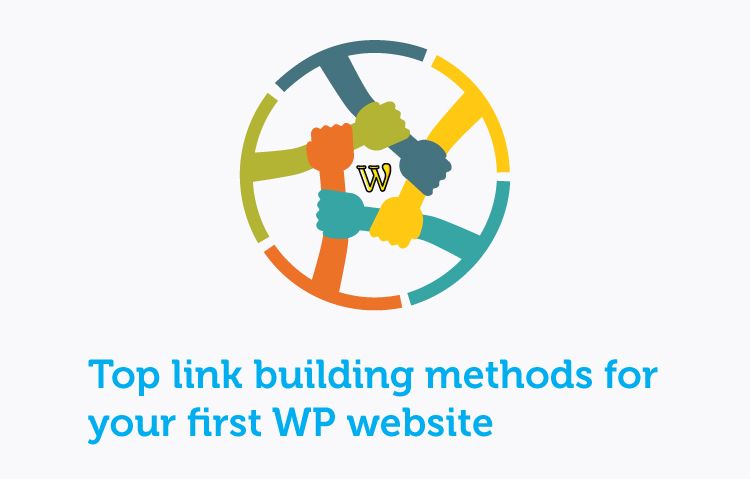
Link building is a technique of achieving better SEO value. I got this idea from the research I did when I start my career as a Digital Marketer.
In my experience, SEO is a kind of fun and exciting task. After research in the field, I now understand the true value of keywords, links, content, online marketing, and social media engagement. These factors are referred as the white hat SEO strategy. The white hat strategy follows the search engine rules and policies.
Struggling with your SEO efforts? We are the best SEO company in Sydney. Call us now and let us help you get your website to the top of search engine rankings.
At the beginning of SEO, Google ranks the pages based on the number of articles and comments. But now, the trend has largely changed. Google is focused on the quality of the content rather than the quantity, and link building is an important ranking factor along with the content.
In a Q&A with Google 2016, a Search Quality Senior Strategist-Andrey Lipattsev at Google, said Links and Content are the top two factors of SEO ranking.
Today, I will share my knowledge on getting your first WordPress website to rank on the first page of SERPs using a link building method. Let’s discuss these topics thoroughly.
What is link building and what is its benefit?
Link building is the process of acquiring links from another website to your site. These links help the potential customer to easily navigate your landing page.
Linking to a high-rated website helps add quality to your website, build a brand and establish a good relationship with your niche customer.
What are good and bad links?
Google praise you if your web page contains good and quality links. On the other hand, Google will penalise your site if it contains bad, irrelevant and poor links.
Good links-
Natural links: If the author of any site includes the link to your site in their relevant content, then you’ll get the natural link. This type of link is highly appreciated by Google.
Outreach links: For beginners, it can be difficult to get the natural link. So, the small business owner can ask his closest friends and relatives to link their site with his own. This type of link helps the newbie to make their existence and introduce them on the internet driven market.
Bad Links-
Non-editorial links: Self-created links are known as the non-editorial links. These types of links drive high traffic quickly, and once Google discovers it, your website will be penalised. Non-Relevant Directory submission, Paid links, and Guest posting is some examples of bad links.
What is the top approach to link building in your first WordPress website?
As we all know, we cannot guarantee the perfection of any work. However, we can try our best to meet our expectations. The same theory applies to the link building process.
The following link building methods are applicable for all the users (beginners/experts) to raise the SEO value of their website. These methods will gradually have a positive effect on your web traffic.
#1 Ask for Backlinks

Whenever you think to start a link building campaign for a site, your first move should include asking your family member or friends to mention your link to their site. This approach will be the most effective for the newbies. You can also contact your clients or partners (who own a site) with the Email outreach campaign and ask them for a backlink.
#2 Answering Q&A websites
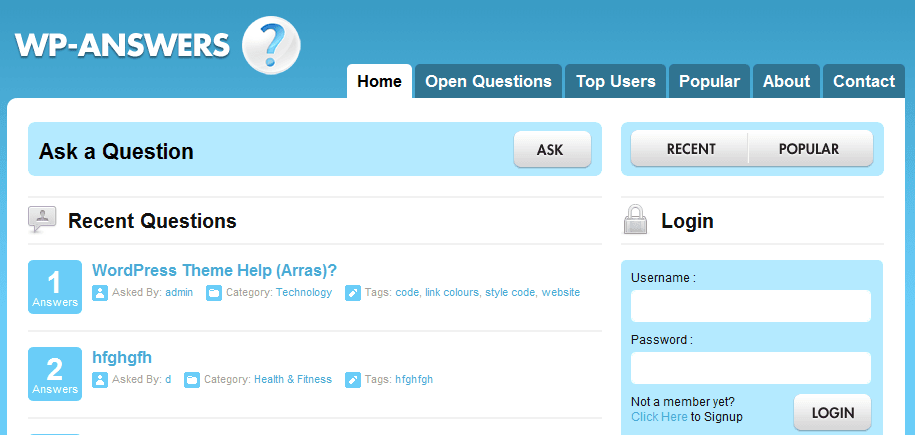
Users always seek the answer on the certain topic in different Q&A sites or forums. It is then wise to actively participate in such online communities. You can share your opinions among the relevant content. You can generate the backlinks with this approach by including a link to your related article.
You can also add a comment on the popular articles to show your presence on the web.
#3 Give a Testimonial
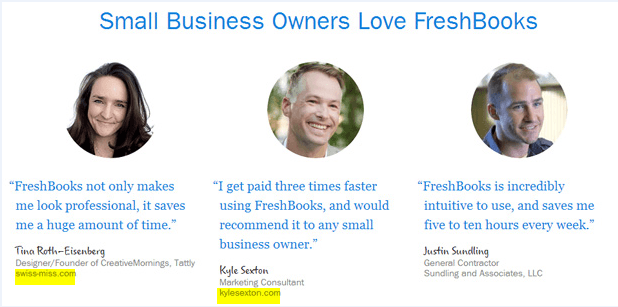
A testimonial is a client’s word about their experience with the certain service provider. It would be more beneficial to give a testimonial if your service provider is asking one from you. You can create a good backlink from your testimonial. If your service provider owns a reputed website, then you’ll earn a quality backlink to your site.
#4 Write Authoritative Guest Articles

Writing a guest post/article is an old trend of building links and I’m sure it’ll remain in the future. You must choose the niche website suitable for publishing your guest articles. Entering this query can help in finding these particular websites where you can do so: keyword + “guest article”
If your post is relevant to popular websites in the same field, there is a high possibility of having it featured along with the author’s biography. This way, you’ll not only generate your backlink but also increase your credibility.
#5 Dead link building
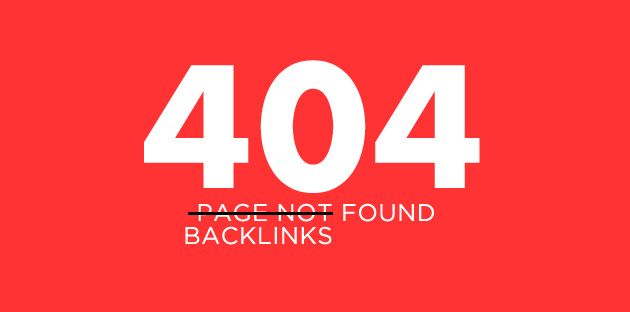
There are many sites on the web, and some of them may not exist anymore. Many won’t check for broken links or dead links on their site. Observing a popular website and informing them of a dead link (if any) via e-mail and recommending them your relevant content will provide you to build a high-quality backlink.
#6 Infographics
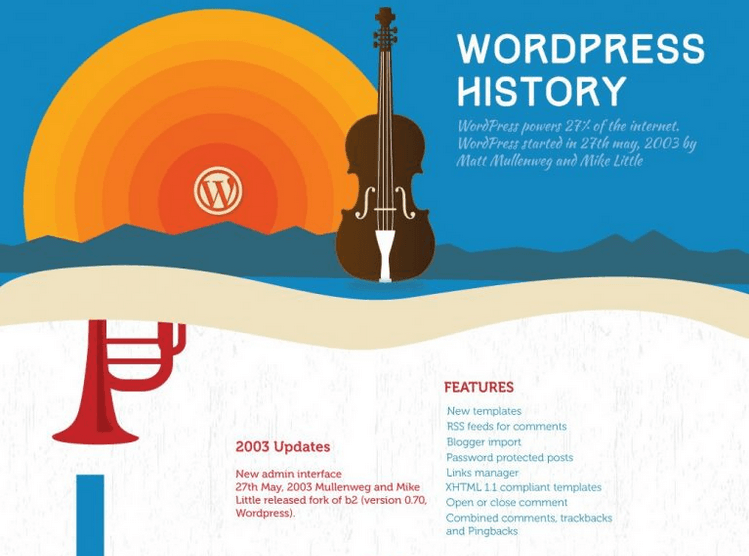
Creating an attractive infographic is an art, with many online tools available that can help in creating one. Infographics are strong content for websites. It can also add value in generating backlinks to your site. HOW?
Eye-catching infographics can go viral, and websites that do share your infographics can include a link to your post. Therefore, the more your infographic is shared, the more you’ll get the backlinks you need for your site.
#7 Start your blog

Writing a blog means adding more content on your website. Google loves fresh, updated and unique content, as do the clients. Thus, blogging on a regular basis will set your company image as one that is client-oriented.
If you have updated and well-structured content, then sometimes other websites may include your content on their blog with a link to your site.
#8 Share on Social Media

You can increase the customer reach with your active participation in the social media sphere with platforms such as Facebook, Linked In, Twitter, Pinterest, etc. You can share your recent activities or events on social media, and share your popular posts to help increase your online presence.
Although the link is no-followed, your niche customer will know you and your services and may visit your website personally. This will help drive high organic traffic to your website.
#9 Find your niche Directory

You can find numerous online directories. While many helpful ones are available, there are also those with no value, and these are unfortunately discarded by Google,
You can do research to find a suitable directory for your website. A good online directory helps customers find the right company they need. Thus, submitting your company profile to such directories not only provides a backlink to your site but helps your client find you easily.
#10 Submit your site to the niche authoritative website
This method may sound like HUH!!! Really?
You may be amazed at knowing you can submit your creations to relevant websites and generate a backlink from them. Let’s take an example of WordPress’ website. WordPress provides the opportunity to showcase the websites of their users on their own web page, WordPress.org. This means your website will be featured on the official WordPress site if submitted. To top that off, anyone who peers into your website out of curiosity or interest gains your web traffic.
Besides WordPress, you can submit your website to CSSLight (to show your design), yourlisten (to share your audio file). There are many platforms available on the web that can showcase your website and provide you with a backlink.
Wrapping up
These are the fundamentals of building good and high-quality links for your website and are a surefire way to increase your visibility and traffic among users of the worldwide web.
